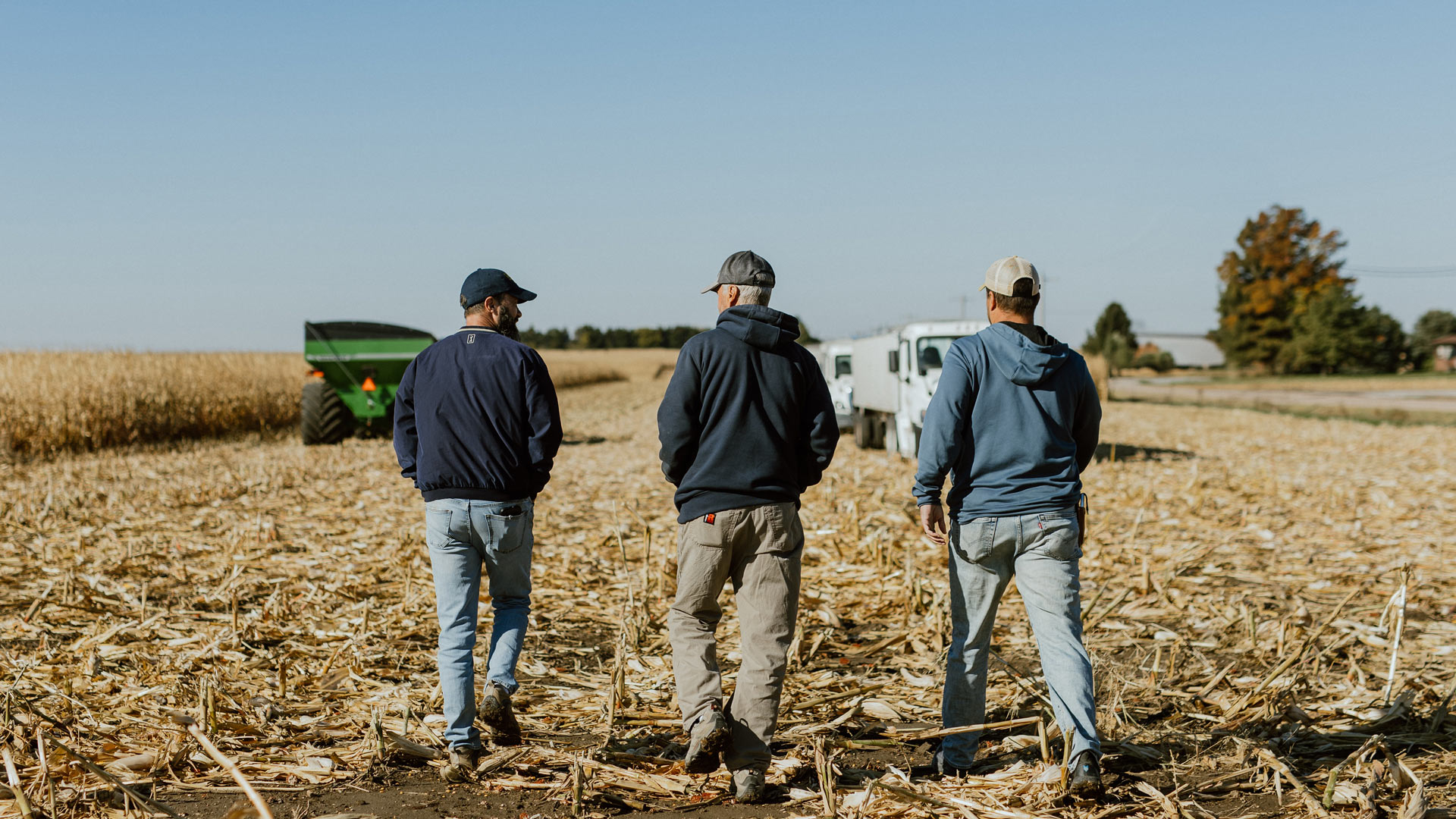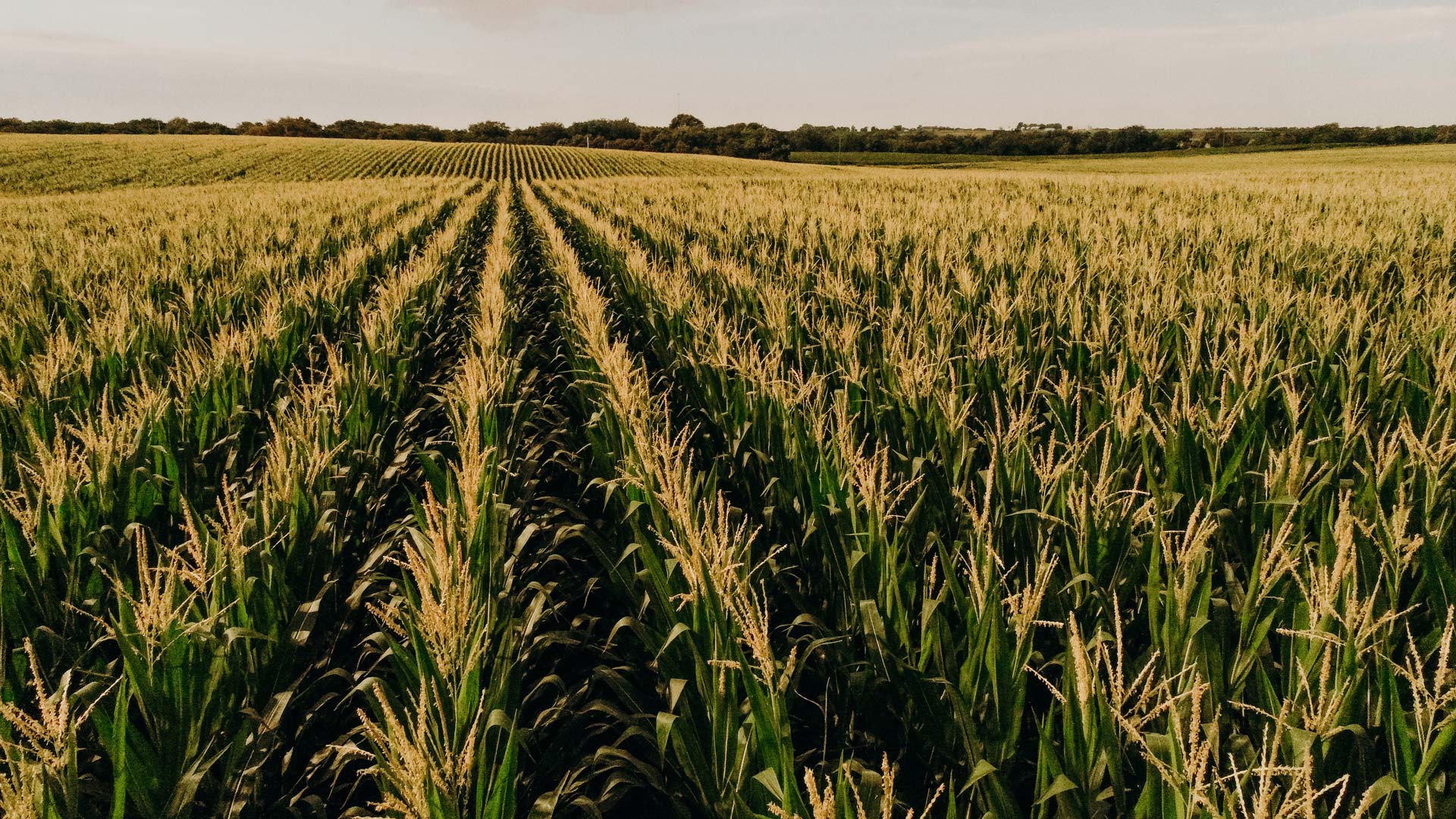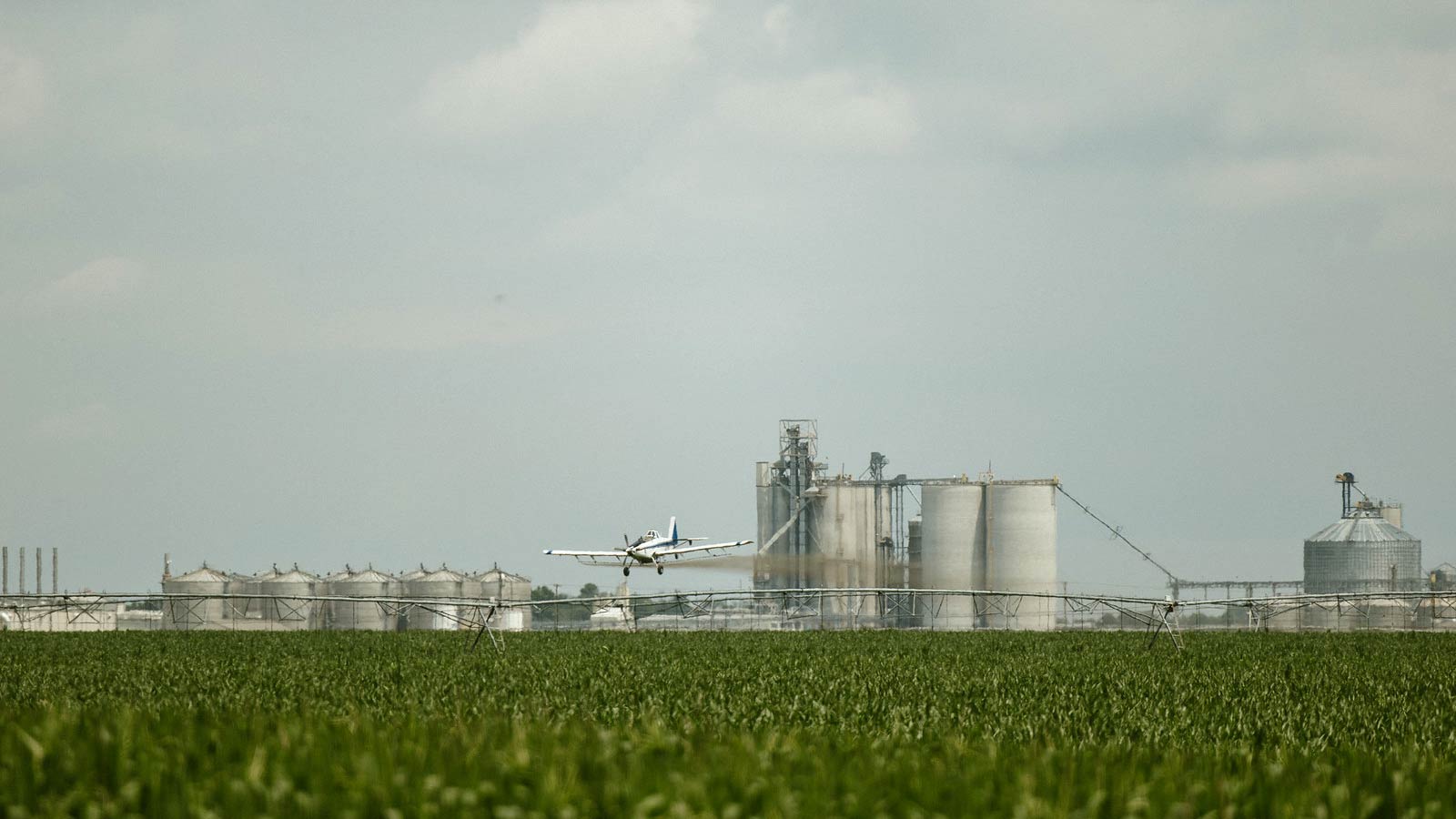Drought can have a devastating effect on the yield of corn crops. When water is scarce in an area, the soil dries out and corn plants struggle to take up enough moisture to grow properly. This can lead to stunted growth and reduced yields. Additionally, drought conditions make crops more vulnerable to disease and stress, which further reduces the amount of viable corn that is harvested.
Corn farmers must manage their land and crops in an efficient manner in order to respond effectively to periods of drought. With careful planning, proper management and the use of drought-tolerant seed varieties, it may be possible to mitigate the damaging effects that drought can have on corn farming.
How Does Drought Affect Corn Performance?
Drought is one of the most significant threats to corn production, as it can reduce yields and expose plants to other adverse effects. Unrelenting drought conditions can cause stalks and leaves to dry out and become brittle, reducing photosynthesis and directly stressing the plant.
Extreme heat associated with drought can accelerate insect activity, leading to additional serious problems. All of these things can reduce corn yield, which is the amount of corn a field produces.
Can Corn Tolerate Drought?
Corn is sensitive to lack of water, but some varieties of corn can withstand drought better than others. Often referred to as drought tolerant (DT) corn, these varieties are designed to withstand prolonged dry periods.
These drought-tolerant field corn varieties can help farmers produce higher yields with less water, making it a viable option for areas with scarce water resources.
What Are Signs of Drought in Corn?
Corn is a very sensitive crop. Even slight changes in water availability can affect its growth. Signs of drought in corn include rolling of the leaves — when the edges of the leaves curl as the plant tries to retain moisture — as well as yellowing of leaves and stunted growth.
What Stage of Corn Is Most Sensitive to Drought?
Drought is always detrimental to corn, but the stage corn is most sensitive to drought is when it is silking and pollination. Silking is when the silk, or long and shiny hair-like fibers, emerge from the top of the ear of corn. The function of corn silk is to catch pollen so the corn can be pollinated. The pollen travels down the silk under the corn husk and to the ear, where it creates a kernel.
Any stress during silking is detrimental to the corn plant, because drought could delay the silk in emerging. If that happens, it isn’t there for the pollen to use to get to the ear. The pollen traveling down the silk can be disrupted if the silk is too dry or shriveled to help it along.
What Is the Impact of Early Drought on Corn Yield?
Early drought can have a serious negative impact on corn yield. Extended dry periods can severely stress plants and result in stunted growth, leaf drop and even death of the crop. It also can impede root growth and the dry soil can limit the amount of nutrients the plants can capture.
What is Drought-Tolerant Corn (DT Corn)?
Drought-tolerant corn is designed to survive dry periods. This is accomplished by selectively breeding corn for drought-resistant traits, and also can be achieved by genetically modifying the plants.
In drought-tolerant corn that has been genetically modified, researchers seek to maximize genetic qualities or factors that enhance its ability to grow and remain healthy in conditions that most corn varieties could not.
How Does GMO Corn Withstand Drought?
Genetically modified corn, also called GMO corn, is engineered for a wide variety of beneficial traits. Drought tolerance is just one of those traits. Other varieties of GMO corn have been developed to resist certain types of insects and other pests.
Drought-tolerant varieties of GMO corn have been genetically modified to be more hydro-efficient, which helps them maintain function with less water. Some varieties, for example, contain genetic material that allows them to continue to carry out life processes, such as protein production, in conditions where the plant normally wouldn’t due to lack of water. That is how corn GMOs can resist drought.
What Happens When Corn Has Inadequate Water?
When corn doesn’t get enough water, the plant’s overall health declines and it produces less yield. Water-related stress can stunt corn’s growth, impede leaf development and weaken roots. Corn that doesn’t get enough water will produce fewer kernels on its ears.
If the lack of water is too severe, the corn plant can die.
Why Do Corn Fields Need Irrigation in Nebraska?
Corn needs water to grow and Nebraska’s unique climate with longer, warmer growing seasons means many fields require irrigation, which is a system that delivers stored water to a field when there is not enough rain to meet the corn’s needs. In fact, over the past five years 60% of the state’s corn crop is irrigated — especially in the Central and Western parts of the state. Those irrigated fields produced an average of 71 bushels more per acre during that time frame than non-irrigated corn fields because corn plants in the irrigated fields received more water to support healthy growth..
Related Posts
How Precision Agriculture Takes Corn Farming into the Future
Precision agriculture is revolutionizing the way Nebraska corn farmers grow their crops. By using advanced technology and data analytics, growers are able to maximize yields while minimizing waste. This new approach is helping Nebraska [...]




